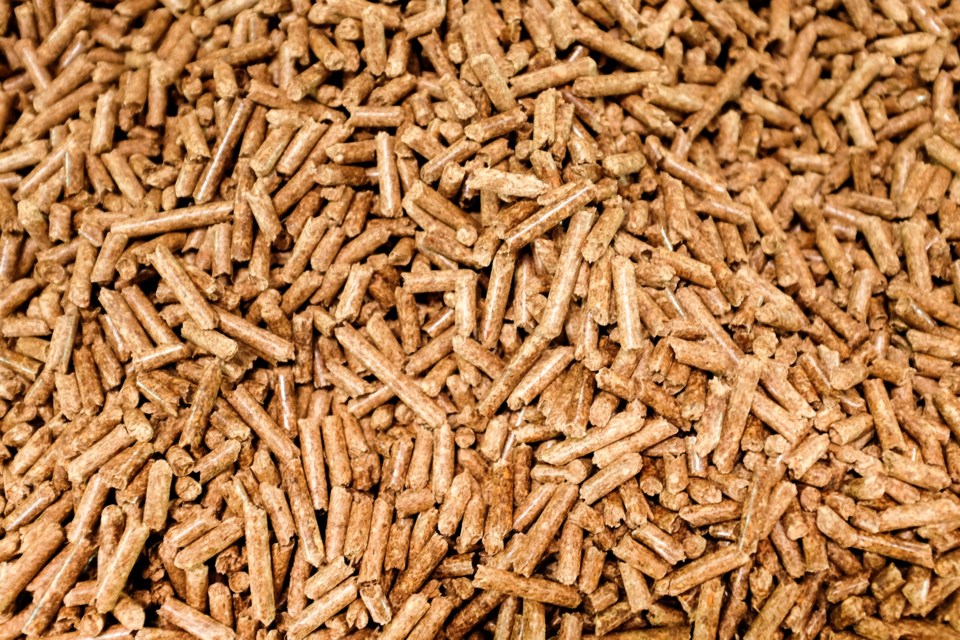If the cold weather is teaching us anything, it’s not that heat pumps or renewable energy is necessarily the enemy, it’s that we aren’t being smart about how we use it.
First off, centralized power production is risky. That holds true for hydroelectric dams, solar and wind farms, and gas or coal power plants. We need to pursue a policy of decentralization of energy production and an overlooked candidate in this regard is wood heat in your home.
I don’t know why wood heat is being ignored in this debate and why natural gas is presented as the only alternative or back-up to over-worked heat pumps or a grid that doesn’t have enough power to run them.
Wood heat is low-carbon, which a lot of people don’t know. Minus the gallon of gas and the two trips to the bush to load up the pickup (with sides), firewood is carbon neutral. Those trees would have rotted and released that carbon or gone up in the next wildfire anyway.
Wood stoves are a miniature power plant in your very home that will heat up the house regardless of how screwed up the grid is.
There are of course legitimate concerns with the particulate matter from wood stoves, especially when you have yahoos burning green wood and dampening them down before they get burning with enough heat.
We have programs encouraging people to buy new, more efficient and cleaner wood stoves, called the “community wood smoke reduction production program.” This is good, and we also need to ramp up efforts to educate people on how to properly use a wood stove, which is easier said than done.
Much cleaner and more fool-proof are pellet stoves.
In the past 15 years, pellet stove technology has made big gains in emissions reductions and have grown in popularity. I feel this is one area where our government and universities should be kicking in some R&D help instead of trying to tell us wood heat is terrible for the environment. I mean, if that were true, government wouldn’t be behind mowing down forests, making them into pellets, and sending them halfway around the world for burning in coal plants to produce “green power” in places like the UK, Korea, and Japan.
It’s not very efficient and a poor reason to be mowing down primary forests, as Ben Parfitt points out.
But that doesn’t mean we don’t have a role for a domestic pellet industry to turn slash, tree-tops, and sawmill residue into pellets for domestic wood heat supply.
If we want a credible and reliable “green” alternative to natural gas, a heat-pump/pellet or wood stove combo would do the trick. One relies on the grid, the other is independent of the grid. One can be used for the 300 days of the year when they work well, the other can be used for the two months when they don’t.
James Steidle is a Prince George writer.



